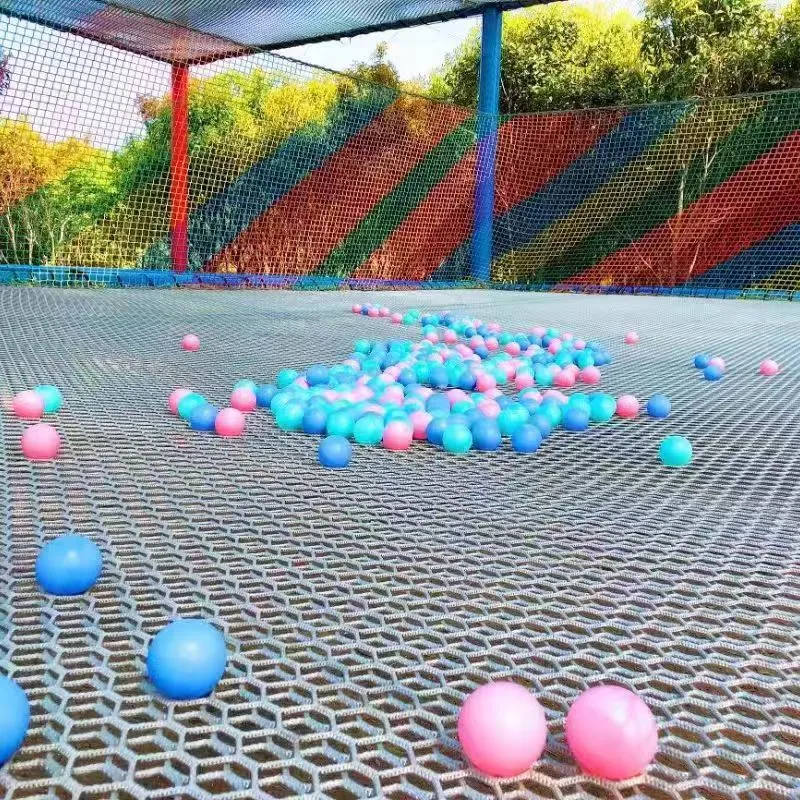-
 Afrikaans
Afrikaans -
 Albanian
Albanian -
 Amharic
Amharic -
 Arabic
Arabic -
 Armenian
Armenian -
 Azerbaijani
Azerbaijani -
 Basque
Basque -
 Belarusian
Belarusian -
 Bengali
Bengali -
 Bosnian
Bosnian -
 Bulgarian
Bulgarian -
 Catalan
Catalan -
 Cebuano
Cebuano -
 China
China -
 Corsican
Corsican -
 Croatian
Croatian -
 Czech
Czech -
 Danish
Danish -
 Dutch
Dutch -
 English
English -
 Esperanto
Esperanto -
 Estonian
Estonian -
 Finnish
Finnish -
 French
French -
 Frisian
Frisian -
 Galician
Galician -
 Georgian
Georgian -
 German
German -
 Greek
Greek -
 Gujarati
Gujarati -
 Haitian Creole
Haitian Creole -
 hausa
hausa -
 hawaiian
hawaiian -
 Hebrew
Hebrew -
 Hindi
Hindi -
 Miao
Miao -
 Hungarian
Hungarian -
 Icelandic
Icelandic -
 igbo
igbo -
 Indonesian
Indonesian -
 irish
irish -
 Italian
Italian -
 Japanese
Japanese -
 Javanese
Javanese -
 Kannada
Kannada -
 kazakh
kazakh -
 Khmer
Khmer -
 Rwandese
Rwandese -
 Korean
Korean -
 Kurdish
Kurdish -
 Kyrgyz
Kyrgyz -
 Lao
Lao -
 Latin
Latin -
 Latvian
Latvian -
 Lithuanian
Lithuanian -
 Luxembourgish
Luxembourgish -
 Macedonian
Macedonian -
 Malgashi
Malgashi -
 Malay
Malay -
 Malayalam
Malayalam -
 Maltese
Maltese -
 Maori
Maori -
 Marathi
Marathi -
 Mongolian
Mongolian -
 Myanmar
Myanmar -
 Nepali
Nepali -
 Norwegian
Norwegian -
 Norwegian
Norwegian -
 Occitan
Occitan -
 Pashto
Pashto -
 Persian
Persian -
 Polish
Polish -
 Portuguese
Portuguese -
 Punjabi
Punjabi -
 Romanian
Romanian -
 Russian
Russian -
 Samoan
Samoan -
 Scottish Gaelic
Scottish Gaelic -
 Serbian
Serbian -
 Sesotho
Sesotho -
 Shona
Shona -
 Sindhi
Sindhi -
 Sinhala
Sinhala -
 Slovak
Slovak -
 Slovenian
Slovenian -
 Somali
Somali -
 Spanish
Spanish -
 Sundanese
Sundanese -
 Swahili
Swahili -
 Swedish
Swedish -
 Tagalog
Tagalog -
 Tajik
Tajik -
 Tamil
Tamil -
 Tatar
Tatar -
 Telugu
Telugu -
 Thai
Thai -
 Turkish
Turkish -
 Turkmen
Turkmen -
 Ukrainian
Ukrainian -
 Urdu
Urdu -
 Uighur
Uighur -
 Uzbek
Uzbek -
 Vietnamese
Vietnamese -
 Welsh
Welsh -
 Bantu
Bantu -
 Yiddish
Yiddish -
 Yoruba
Yoruba -
 Zulu
Zulu
wire fabric mesh
The Versatility of Wire Fabric Mesh
Wire fabric mesh, often referred to simply as wire mesh, is an incredibly versatile material used in a wide range of applications across various industries. Composed of interconnected metal wires, this grid-like structure offers strength, durability, and flexibility, making it an ideal solution for both functional and decorative purposes.
Composition and Types
Wire mesh is commonly made from a variety of materials, including stainless steel, galvanized steel, and aluminum. The choice of material largely depends on the intended application. For instance, stainless steel wire mesh is favored for its resistance to corrosion and rust, making it suitable for outdoor environments and industrial use. On the other hand, aluminum mesh is lighter and more malleable, often used in applications where weight is a concern.
Wire fabric mesh comes in different types, varying in width and wire thickness, which allows it to meet the specific requirements of different projects. Common weave patterns include plain weave, twill weave, and Dutch weave, each offering unique attributes that make them suitable for particular applications, from filtering to reinforcement.
Applications
The applications of wire fabric mesh are nearly limitless. In the construction industry, it is frequently used as reinforcement in concrete structures. It adds strength and stability, helping to prevent cracks and ensuring longevity. In the agricultural sector, wire mesh serves a crucial role in fencing, guarding crops against pests and livestock while allowing for adequate ventilation and sunlight.
wire fabric mesh

In the manufacturing sphere, wire mesh is vital in the production of screens and filters. Its open structure allows for the efficient flow of liquids and gases while trapping unwanted particles. This makes it an essential component in industries such as water treatment, food and beverage processing, and pharmaceuticals.
Furthermore, wire fabric mesh plays a role in home decor. It can be utilized to create stylish partitions, lighting fixtures, or decorative wall art. The aesthetic appeal of wire mesh adds a modern touch to interiors, allowing for creativity in design while maintaining functionality.
Environmental Impact
Wire fabric mesh can also contribute positively to sustainability efforts. As a recyclable material, it can significantly reduce waste. Many manufacturers are now focusing on producing wire mesh from recycled materials, which decreases the environmental footprint associated with mining and processing raw metals.
Conclusion
In conclusion, wire fabric mesh is a remarkable material defined by its versatility, strength, and numerous applications. Whether in construction, agriculture, manufacturing, or interior design, it has proven to be an essential tool across various sectors. Its eco-friendly properties further enhance its appeal in today’s environmentally conscious market. As industries continue to innovate, the demand for wire mesh is likely to grow, highlighting its importance in both functional and decorative roles. Whether you are a builder, a designer, or an agriculturalist, exploring the potential of wire fabric mesh can open new pathways for efficiency and creativity.
-
Shipping Plastic Bags for Every NeedNewsJul.24,2025
-
Safety Netting: Your Shield in ConstructionNewsJul.24,2025
-
Plastic Mesh Netting for Everyday UseNewsJul.24,2025
-
Nylon Netting for Every UseNewsJul.24,2025
-
Mesh Breeder Box for Fish TanksNewsJul.24,2025
-
Expanded Steel Mesh Offers Durable VersatilityNewsJul.24,2025











